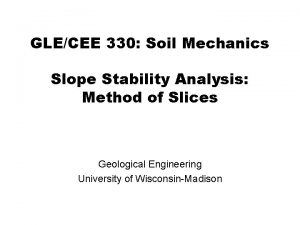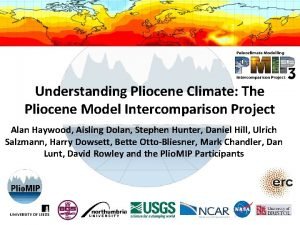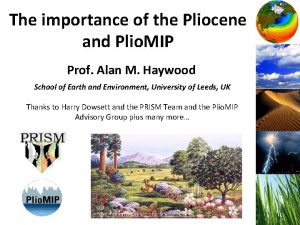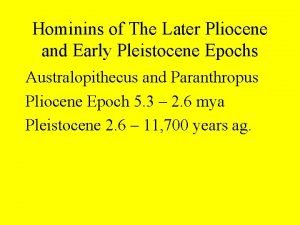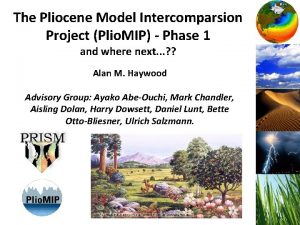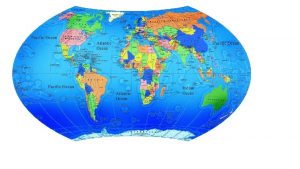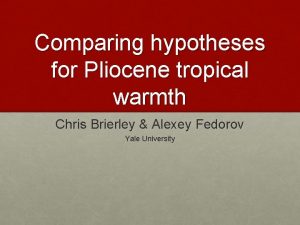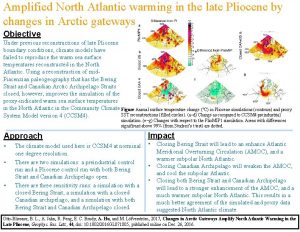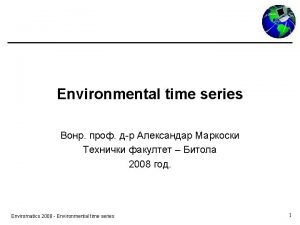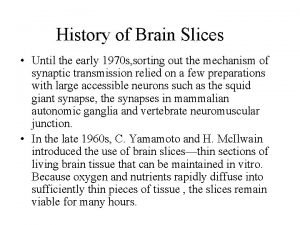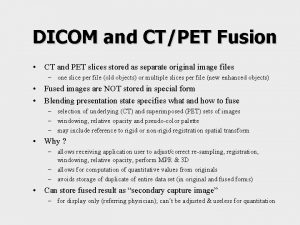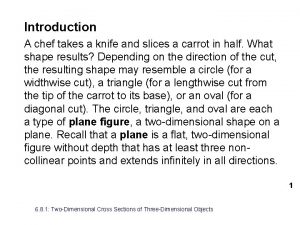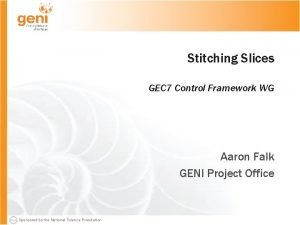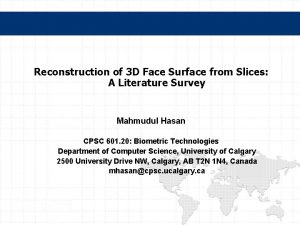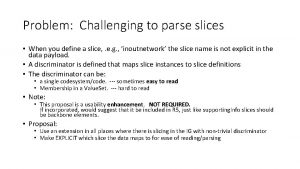The importance of Pliocene time slices for environmental





























- Slides: 29

The importance of Pliocene time slices for environmental synthesis and climate modelling Alan M. Haywood Co-authors: Caroline Prescott, Aisling Dolan, Harry Dowsett, Stephen Hunter, Ulrich Salzmann, Plio. MIP Participants

A 400 ppm world What has changed? How much is yet to come? Timescale matters

The Pliocene

Plio. MIP collaboration

Plio. MIP Multi-Model Mean Annual Temp. Change (Nature Climate Change– Salzmann et al. 2013)

Pliocene SST Data (Nature Climate Change– Dowsett et al. , 2012)

SST Data/Model Comparison Mean Annual SST comparison (with Model and Data Errors)

Terrestrial DMC 45 palaeobotanical sites where surface temperature can be estimated (Nature Climate Change– Salzmann et al, in review)

Terrestrial DMC Proxy-based temperature anomaly Degree of datamodel discordance (anomaly versus anomaly) (Nature Climate Change– Salzmann et al, in review)

Terrestrial DMC (Nature Climate Change– Salzmann et al, in review)

Triangle of Uncertainty (Haywood et al. , 2012)

Warm Peak Averaging Interval Minimum Interval Maximum Interval Mean Warm Peak Mean Minimum Warm Peak Maximum Warm Peak “Warm Peak Averaging extracts the warm phase of mid-Pliocene SST…” x

Data-Model Comparison DATA MODEL PRISM Time Slab is 240, 000 yr to 1 million yr wide SST/SAT for a fixed moment in time for the prescribed forcings At each site the proxy data is an average of a warm climate signal that occurred during the time slab With set boundary conditions Likely to be boundary conditions changing throughout the time slab Hypothesise that a component of the data-model inconsistencies is because we are not comparing the same thing…

A Lesson and Practical Application of Milanković Theory

Plio. MIP 2 - Frontiers Pliocene Uncertainty… • New model results showing the differences in annual mean SAT between two interglacial events during the Pliocene (Prescott et al. in -press, EPSL).


Plio. MIP 2 - Frontiers Pliocene Uncertainty… • New model results showing the differences between two interglacial events during the Pliocene (Prescott et al. , 2014, EPSL) Seasonal differences in SAT are more prominent and have greater implications for proxy reconstructions.

Plio. MIP Phase 2 • Demonstrated potential problems due to aliasing in proxy records. • Necessitates targeting specific time slices rather than the traditional 300 kyr to 1 Myr as in Plio. MIP Phase 1. [Prescott et al, in press, EPSL]

Fit to known regions of data/model discord 6 0

Supported by proxy data? Lawrence et al. (2009). • Found surprisingly high variability of sea surface conditions at these sites

Time slice ‘Time slice’ instead of a ‘time slab’ Criteria for time slice (including): 1. Within the existing PRISM time slab 2. Orbit close to modern 3. In a negative isotope peak Haywood et al. (2013) 3. 205 Ma

Time slice • Displays a near modern orbital configuration, before and after the time slice • In a known warm peak in the benthic oxygen isotope record

Time slice • Of significant duration to allow climate to respond as fully as possible

Time slice Annual mean temperature difference between a time slice simulation and a Pliocene simulation with a modern orbit (°C) 3 2 1 The difference in insolation at the top of the atmosphere (TOA) between the time slice and modern (W m-2) 0 60 -1 -2 0 -3 -60

Pliocene time slice First Pliocene Time Slice (3. 205 Ma) is the centre piece of Plio. MIP Phase 2 which is currently under construction. (Haywood et al. , 2013 – Philosophical Transactions of the Royal Society A)

New Data for Model Evaluation Emerging proxy data identified by the PRISM Group

New Data for Model Evaluation Co-ordinated effort from the data community – Workshop Barcelona, Sept 2014

Conclusions 1. We said too much on the basis of too few models – now fixed 2. Global annual mean temperature increase of ***** 3. Enhanced hydrological cycle with changes in monsoons 4. Little consistency in predictions for changes in AMOC 5. CO 2 drives changes in the tropics, clear sky albedo dominates at the poles 6. Models struggle to warm high latitudes enough but… 7. …. the concept of the ‘stable Pliocene’ is obsolete 8. We need better time constraints on our syntheses of proxy data

Acknowledgments Research leading to these results has received funding from the European Research Council under the European Union's Seventh Framework Programme (FP 7/20072013) / ERC grant agreement no. 278636.
 Paleocene eocene oligocene miocene pliocene
Paleocene eocene oligocene miocene pliocene Method of slices
Method of slices Different market forms of shellfish
Different market forms of shellfish Ordinary method of slices example
Ordinary method of slices example Vertical “cuts” or “slices” through a structure *
Vertical “cuts” or “slices” through a structure * Method of slices
Method of slices Pizza small slices
Pizza small slices Disk shaped slices
Disk shaped slices Guacamole
Guacamole Codeopinion github
Codeopinion github Mh 605
Mh 605 Environmental aspect
Environmental aspect Importance of environmental studies
Importance of environmental studies Importance of environmental studies
Importance of environmental studies Importance of environmental degradation
Importance of environmental degradation Start time end time and elapsed time
Start time end time and elapsed time Iso 22301 utbildning
Iso 22301 utbildning Novell typiska drag
Novell typiska drag Tack för att ni lyssnade bild
Tack för att ni lyssnade bild Vad står k.r.å.k.a.n för
Vad står k.r.å.k.a.n för Varför kallas perioden 1918-1939 för mellankrigstiden?
Varför kallas perioden 1918-1939 för mellankrigstiden? En lathund för arbete med kontinuitetshantering
En lathund för arbete med kontinuitetshantering Särskild löneskatt för pensionskostnader
Särskild löneskatt för pensionskostnader Tidböcker
Tidböcker Anatomi organ reproduksi
Anatomi organ reproduksi Densitet vatten
Densitet vatten Datorkunskap för nybörjare
Datorkunskap för nybörjare Tack för att ni lyssnade bild
Tack för att ni lyssnade bild Debattinlägg mall
Debattinlägg mall Delegerande ledarstil
Delegerande ledarstil



